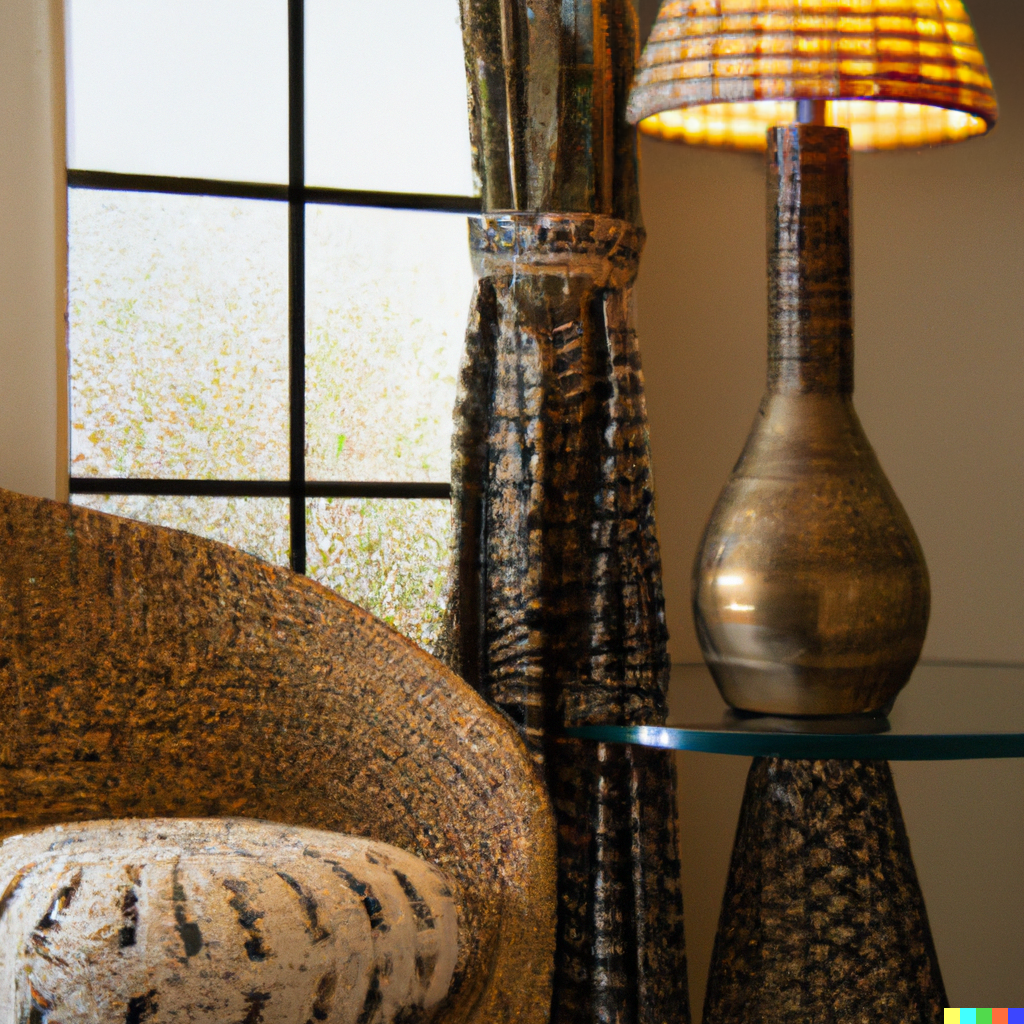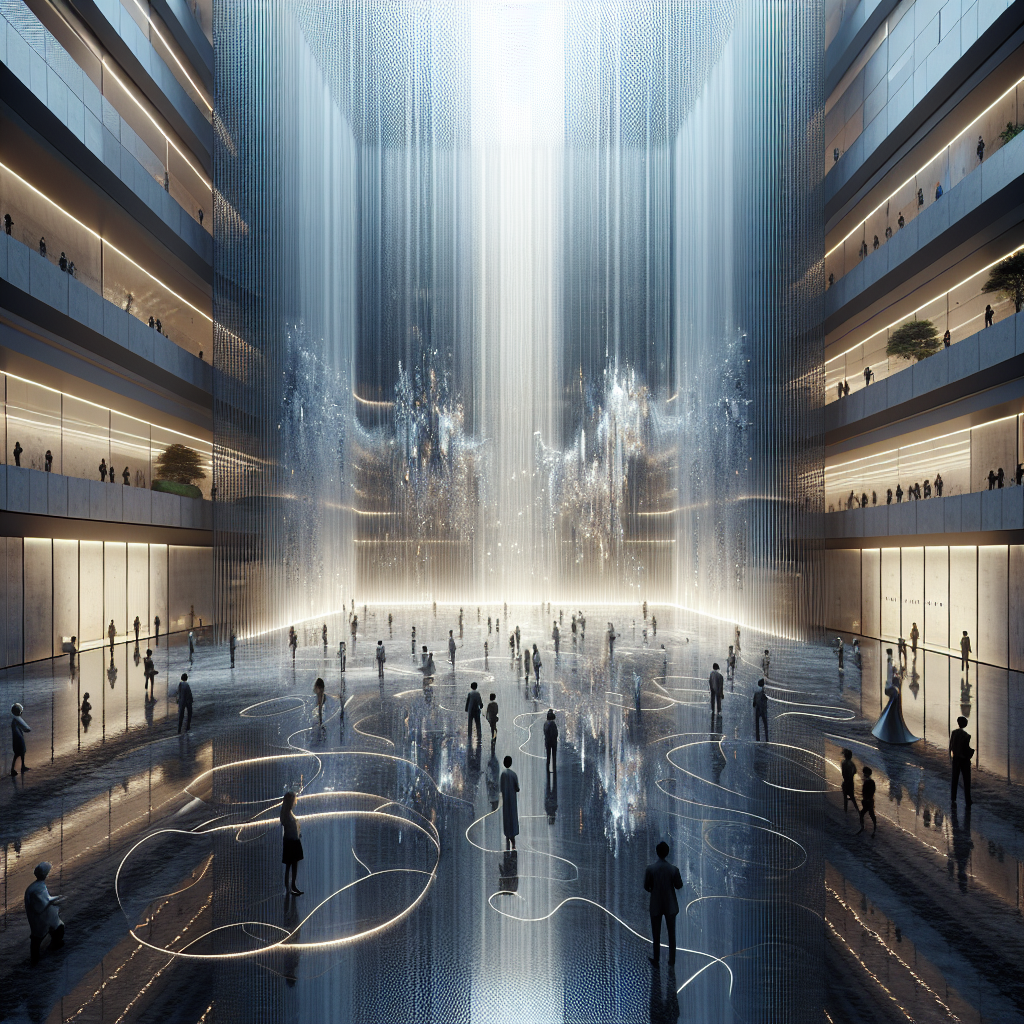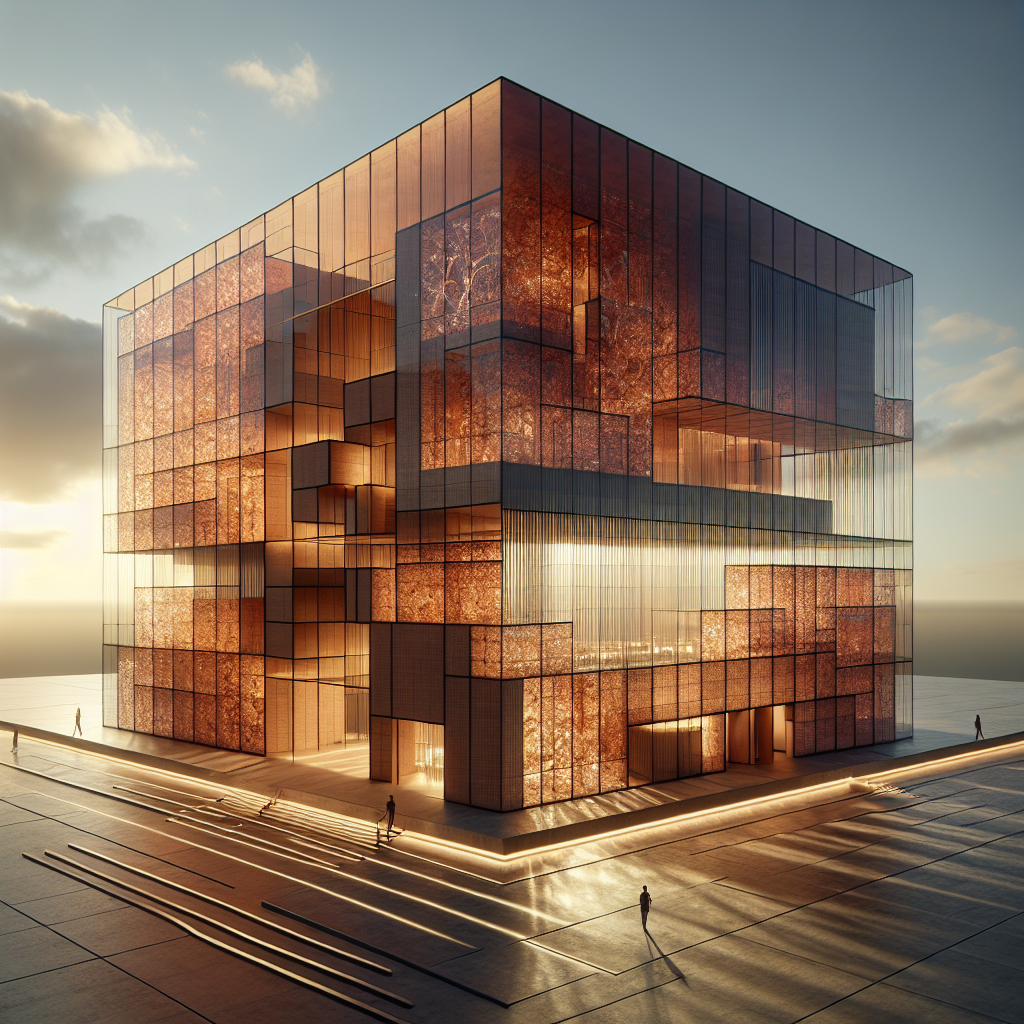Raffia: The Sustainable Trend in Design and Architecture

The Rise of Raffia
Raffia, a natural fiber obtained from palm leaves, has gained popularity in recent times due to its sustainable and eco-friendly nature. From fashion to furniture, this material has taken over the design and architecture industry. Its popularity can be attributed to its durability, versatility, and ease of manipulation. Raffia is used in various forms, such as rugs, bags, lamps, and chairs, among others.
The Sustainability Factor
One reason why raffia is so successful right now is the growing concern for sustainability and eco-friendliness. As the world grapples with the effects of climate change, consumers are becoming more aware of the impact of their choices on the environment. As a result, there is a growing demand for products that are sustainable and eco-friendly. Raffia is a perfect fit for this trend, as it is a natural fiber that is renewable and biodegradable.
Versatility and Manipulation
Moreover, raffia is an incredibly versatile material that can be manipulated in numerous ways to create different textures, patterns, and colors. This feature has made it popular among designers and architects who are looking to add a unique touch to their creations. For instance, a furniture designer can create a striking piece by weaving different colors of raffia together to form a unique pattern. In addition, raffia can be combined with other materials such as leather, wood, or metal to create a visually appealing and functional product.
The Future of Raffia
In the future, raffia is expected to continue its trend in the design and architecture industry. With the growing demand for eco-friendly and sustainable products, raffia’s popularity is set to rise even further. Moreover, raffia’s versatility and durability make it a practical material for various applications, from fashion to furniture. In addition, the growing interest in natural and organic materials is expected to further boost raffia’s popularity.
Real-life Examples
Real-life examples of raffia’s use in design and architecture include the “Raffia House” in Nigeria, designed by Swiss architect Herzog & de Meuron. The house features a striking facade made entirely of raffia, giving it a unique and natural look. Another example is the “Raffia Collection” by Studio Formafantasma, which consists of furniture pieces made entirely of raffia. The collection is not only visually stunning but also eco-friendly and sustainable.
Conclusion
In conclusion, raffia has become a significant trend in the design and architecture industry due to its sustainability, versatility, and durability. As the demand for eco-friendly and sustainable products continues to rise, raffia is expected to remain popular. Its unique texture, patterns, and colors, as well as its ability to blend seamlessly with other materials, make it a favorite among designers and architects. Raffia’s natural and organic properties make it an ideal material for those seeking to add a touch of nature to their creations.





